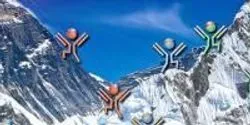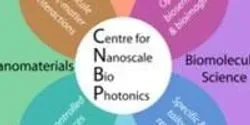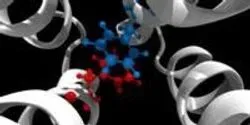Cells

Scientists at The Scripps Research Institute (TSRI) have demonstrated the power of a new drug discovery technique, which allows them to find—relatively quickly and cheaply—antibodies that have a desired effect on cells. The TSRI scientists used the technique to discover two antibodies that protect human cells from a cold virus.
| 4 min read

The University of Adelaide has been awarded $23 million in Federal funding to establish a new national Centre of Excellence to develop technologies that will help researchers to create a "window into the body" in ways never achieved before.
| 2 min read

Just as our bodies have skeletons, so do our cells. They’re equally indispensable in both cases. Without our bony skeletons we’d go limp and fall down. And without our cytoskeletons, our cells, which come in roughly 200 different shapes and sizes, would all become tiny spheres and stop working.
| 5 min read

Researchers have developed a system that concentrates foodborne salmonella and other pathogens faster than conventional methods by using hollow thread-like fibers that filter out the cells, representing a potential new tool for speedier detection.
| 3 min read

In the search to understand memory, Wei Min is looking at cells at the most basic level, long before the formation of neurons and synapses. The assistant professor of chemistry studies the synthesis of proteins, the building blocks of the body formed using genetic code from DNA. “We want to understand the molecular nature of memory, one of the key questions that remain in neuroscience,” he says.
| 3 min read

For years scientists have been working to fundamentally understand how nanoparticles move throughout the human body. One big unanswered question is how the shape of nanoparticles affects their entry into cells. Now researchers have discovered that under typical culture conditions, mammalian cells prefer disc-shaped nanoparticles over those shaped like rods.
| 4 min read

Randy W. Schekman, professor of molecular and cell biology at the University of California, Berkeley, has won the 2013 Nobel Prize in Physiology or Medicine for his role in revealing the machinery that regulates the transport and secretion of proteins in our cells. He shares the prize with James E. Rothman of Yale University and Thomas C. Südhof of Stanford University.
| 3 min read









